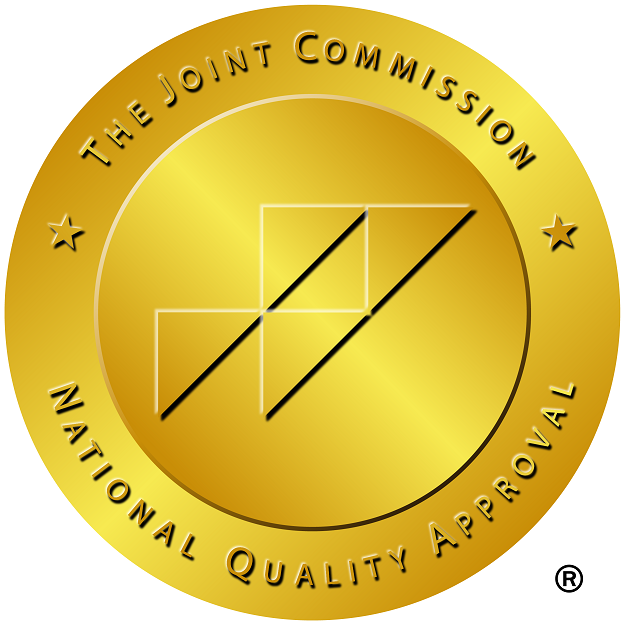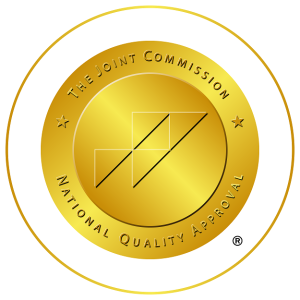The U.S. healthcare system is among the country’s most complex and vital social institutions. However, despite its significance, the system faces many deep-seated problems that threaten its ability to provide accessible, affordable, and high-quality care to all Americans.
The U.S. healthcare system is grappling with critical challenges requiring an immediate attention, from high healthcare costs and unequal access to care to poor quality of care and fragmentation of healthcare systems. This article will explain the significant issues facing the U.S. healthcare system and explore possible solutions to overcome them.
The Major Problems with the U.S. Healthcare System
The U.S. healthcare system is important but has problems affecting its effectiveness and longevity. Here are some of those problems.
1.High Cost of Healthcare
One of the significant challenges facing the U.S. healthcare system is its high cost. Healthcare costs in the U.S. are one of the highest in the world, with expenditure per capita far surpassing that of other developed countries. The factors contributing to this high cost are complex and multifaceted. Some reasons behind the high cost of healthcare in the U.S. include a fee-for-service payment model, administrative fees, expensive medical technologies, and the high price of prescription drugs.
The impact of high healthcare costs on individuals and society is significant.
High healthcare costs often lead to financial strain, medical debt, and bankruptcy for individuals and families. Moreover, healthcare costs substantially burden the U.S. economy, reducing consumer spending, lower productivity, and increasing healthcare costs for businesses. To address this issue, policymakers and healthcare providers must work together to implement cost-containment strategies, such as promoting preventive care, negotiating drug prices, and shifting towards value-based care.
2.Unequal Access to Healthcare
Another major challenge facing the U.S. healthcare system is unequal access to healthcare. Access to healthcare varies significantly among different communities in the U.S., with certain groups, such as low-income individuals, people of color, and rural communities, facing significant barriers to healthcare access.
The consequences of unequal access to healthcare are severe, with individuals in these communities more likely to experience poorer health outcomes, chronic diseases, and premature mortality. To address this issue, policymakers must focus on improving healthcare access for all. Strategies such as expanding Medicaid, providing subsidies for healthcare insurance, and increasing funding for community health centers can help bridge the healthcare access gap between different communities in the U.S.
3.Healthcare System Fragmentation
Another critical problem facing the U.S. healthcare system is fragmentation, which refers to the decentralization of healthcare delivery across various providers, insurers, and government programs. This fragmentation has significant implications for the cost, quality, & accessibility of healthcare in the United States.
To address healthcare system fragmentation, policymakers have proposed various solutions, including care coordination programs, health information exchange initiatives, and value-based payment models. However, significant challenges still need to be addressed, including the need for interoperability between electronic health record systems and the resistance of some providers to work collaboratively with other healthcare organizations.
4.Poor Quality of Care
Despite the high cost of healthcare in the United States, the quality of care received by many Americans is subpar. The U.S. healthcare system ranks poorly on measures such as infant mortality, life expectancy, and preventable hospitalizations, indicating that patients must receive the high-quality care they deserve.
To improve the quality of care, policymakers have proposed various initiatives, including performance-based payment models, quality improvement programs, and patient safety initiatives. However, significant challenges still need to be addressed, including a need for standardized quality metrics, difficulty measuring outcomes, and resistance to change from providers and insurers.
5.Preventable Medical Errors
Preventable medical errors refer to mistakes made in the healthcare system that lead to adverse patient outcomes, including harm or death. Various factors, such as misdiagnosis, medication errors, surgical errors, communication breakdowns between healthcare providers, and equipment failures, can cause these errors.
Preventable medical errors are a significant problem in the United States and are estimated to cause hundreds of thousands of injuries and deaths yearly. Understanding the nature and impact of preventable medical errors is essential for improving patient safety and reducing the incidence of adverse events in healthcare.

Why is U.S. healthcare cost so high?
There are various reasons why the cost of healthcare in the United States is so high:
1.Administrative Costs:
The U.S. healthcare system is very difficult, resulting in high administrative costs. Insurance companies, hospitals, and medical practices all have their bureaucracies and often need to employ a lot of staff to navigate the system.
2.High Drug Prices:
The U.S. has few of the highest drug prices in the world due to a combination of factors such as patent protection, lack of price regulation, and direct-to-consumer advertising.
3.Technology and Innovation:
Technological advancements have led to better healthcare outcomes and driven up costs. New medical technologies and procedures are often expensive, and the prices are passed on to patients.
4.Overutilization:
In the U.S., healthcare providers tend to order more tests and procedures than necessary. This overutilization can be due to financial incentives or fear of malpractice lawsuits.
5.Aging Population:
As the U.S. population ages, there is an increasing demand for healthcare services. This increased demand puts pressure on the healthcare system and can lead to higher costs.
6.Fragmented System:
The U.S. healthcare system needs to be more cohesive, with many players operating independently, such as insurance companies, hospitals, and doctors. This fragmentation can lead to inefficiencies and higher costs.
Overall, these factors combine to make healthcare in the U.S. one of the most expensive in the world.
How to Improve Healthcare in the U.S.?
Improving healthcare in the U.S. is a complex and multifaceted issue, but here are some possible solutions:
- Universal Healthcare:
Many countries with lower healthcare costs than the U.S. have universal healthcare systems that provide basic health coverage to all citizens. Implementing a universal healthcare system in the U.S. could reduce administrative costs, increase access to care, and promote preventative care.
- Price Regulation:
The U.S. could explore the implementation of price regulation for medical services and prescription drugs.
Negotiating prices directly with pharmaceutical companies and hospitals could lower patient costs.
- Addressing Overutilization:
Reducing the overutilization of medical services could lower healthcare costs. One approach to achieving this is value-based care, which incentivizes healthcare providers to prioritize the quality of care over the number of benefits.
- Health Information Technology:
Improving health information technology could increase efficiency in the healthcare system, reduce costs, and improve patient outcomes. Electronic health records and telemedicine are two examples of health I.T. that can improve access to care and reduce the need for in-person visits.
- Prevention and Wellness:
Investing in prevention and wellness could reduce healthcare costs by reducing the need for expensive medical treatments. This could include programs encouraging healthy lifestyles, screenings for preventable illnesses, and public health initiatives.
These are just a few potential solutions to improve healthcare in the U.S. Ultimately, addressing the complex issue of healthcare costs will require a combination of political will, public and private investment, and collaboration among stakeholders in the healthcare system.
Conclusion
The U.S. healthcare system faces numerous challenges, including high costs, fragmentation, overutilization, and inequities in access to care. These issues have led to a healthcare system that is inefficient, unaffordable for many Americans, and fails to provide equitable care for all.
However, there are potential solutions to these challenges, such as implementing universal healthcare, regulating prices, promoting preventative care, investing in health information technology, and educating patients and healthcare providers. These solutions require political will, public and private investment, and collaboration among stakeholders in the healthcare system.
Providing all Americans with inexpensive, high-quality healthcare is essential, yet the U.S. healthcare system faces numerous, complicated problems.















